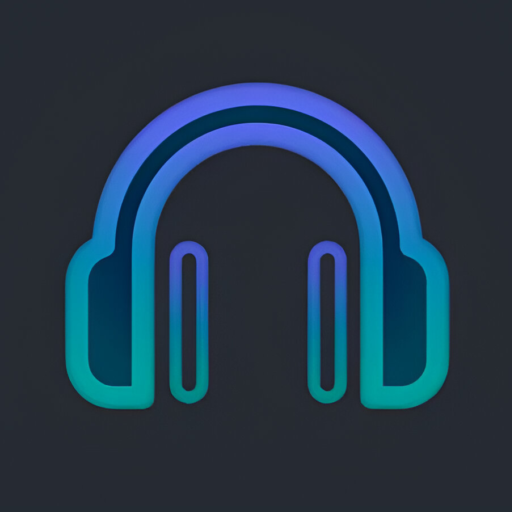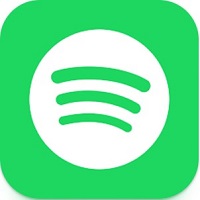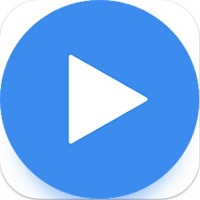Apps
As Apps Android continues to dominate the global mobile operating system market, the variety of apps available on the Google Play Store has grown exponentially. These apps are organized into different categories to help users find exactly what they need. Whether you’re looking to boost productivity, stay entertained, or enhance your lifestyle, there is an Android app for every need. This article breaks down the primary Android app categories, helping you understand the vast ecosystem and how to navigate it effectively.
1. Productivity Apps
Productivity apps are some of the most downloaded apps Android, catering to both professionals and everyday users. These apps include tools for note-taking, task management, document editing, scheduling, and more. Popular examples include Microsoft Office, Google Drive, and Evernote. With the right productivity apps, users can manage their daily tasks, collaborate on projects, and keep track of important deadlines. This category appeals to both students and working professionals alike, offering a wide range of functionalities to streamline work and personal life.
2. Communication Apps
In an era where staying connected is paramount, communication apps have become essential for both personal and professional use. Android offers a variety of communication apps, from messaging services like WhatsApp and Telegram to video conferencing tools like Zoom and Google Meet. These apps facilitate instant communication, allowing users to send messages, make calls, and share media effortlessly across the globe. The ability to communicate across platforms, combined with features like end-to-end encryption, has made these apps indispensable.
3. Social Media Apps
Social media apps dominate the Android ecosystem, serving as platforms for connection, content sharing, and entertainment. Facebook, Instagram, Twitter, and TikTok are among the most popular apps in this category. These platforms allow users to engage with friends, celebrities, and brands, while also offering tools for content creators to reach broader audiences. Social media apps are also essential for businesses, providing avenues for customer engagement, brand promotion, and real-time communication.
4. Entertainment Apps
Entertainment apps cater to users looking to consume media, whether it’s music, movies, games, or books. Apps like Spotify, Netflix, YouTube, and Audible fall under this category, providing streaming services for music, videos, and audiobooks. With the rise of on-demand content, these apps have transformed how users consume media, allowing access to vast libraries of content anywhere, anytime. Gaming apps, which also fall under entertainment, include popular titles like PUBG Mobile and Candy Crush, engaging millions of users daily.
5. Health and Fitness Apps
In today’s health-conscious world, Android health and fitness apps help users track their physical activity, monitor their diet, and improve their overall well-being. From workout apps like MyFitnessPal to meditation apps like Calm, these tools are designed to assist users in maintaining a healthy lifestyle. Fitness trackers sync with wearable devices like smartwatches, offering real-time insights into your activity levels, heart rate, and even sleep patterns.
6. Finance Apps
The finance category has seen significant growth, with apps providing everything from personal budgeting tools to full-scale banking solutions. Popular finance apps like PayPal, Google Pay, and Mint allow users to manage their money, pay bills, send transfers, and even invest in stocks. For both individuals and businesses, finance apps offer convenience, security, and control over financial transactions, all from the palm of your hand.
7. Education Apps
With the increasing demand for remote learning, education apps have flourished on the Android platform. These apps cater to students of all ages, offering tutorials, online courses, and interactive learning tools. Duolingo, Coursera, and Khan Academy are leading names in this category. Educational apps provide access to a wealth of knowledge, from language learning to academic courses, making learning flexible and accessible to all.
8. Travel and Local Apps
Travel apps help users plan their trips, book accommodations, and explore new destinations. Apps like Google Maps, Airbnb, and Uber assist in navigation, booking stays, and arranging transport. These apps enhance travel experiences by providing real-time information on traffic, weather, and local attractions. Whether you’re planning a vacation or commuting to work, travel apps provide the tools to make the journey smoother.
9. Shopping Apps
Online shopping has surged in popularity, and Android apps have made it even more convenient. Amazon, eBay, and Etsy lead the shopping category, offering users a platform to buy and sell products. These apps provide everything from household goods to luxury items, with user-friendly interfaces and secure payment options. Personalized recommendations and quick delivery services make shopping apps a favorite among consumers.










